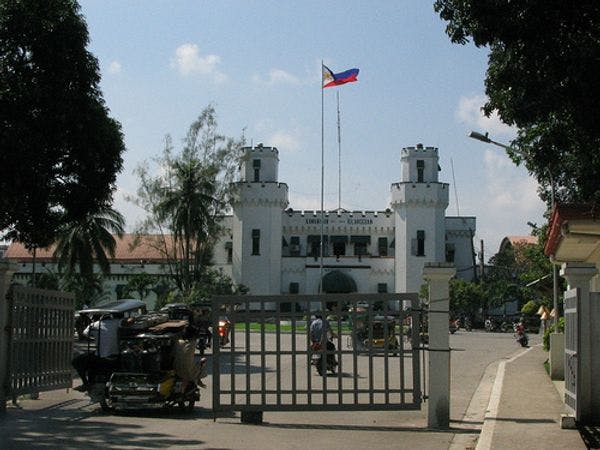Wikipedia - Monzonda at English Wikipedia - CC BY-SA 3.0
Cruel cages: How the most overcrowded prison in the world ignored a pandemic
By Kristine Montenegro Mendoza
Philippine jails are known for two things –the dancing inmates of Cebu who to the tune of Michael Jackson’s “Thriller” landed a Netflix series called “Happy Jail” and a smothering 534% national congestion rate, making it as one of the most overcrowded prison systems in the world.
While the dark irony of inmates dancing in full choreography at day while taking turns so they could sleep at night has piqued global attention, the right to health and general well-being of these detainees had not become part of national conversations. They brought amusement to the public and by virtue of their youtube hits, became the source of some twisted sense of national pride. But come COVID-19, particular concerns about sanitation, ventilation, and lack of access to healthcare inside Philippine jails have become the source of new panic. Reports of infection and deaths in detention facilities all over the country created a delayed sense of urgency. Visitors were not allowed to enter, in-court hearings were suspended, and a set of guidelines to decongest prisons were issued.
According to the Philippine Supreme Court, 81, 888 inmates had already been released as of October 16, 2020. This, according to them, is due to serious efforts to decongest jails through virtual hearings, streamlined rules on early release, and reduction of bail. But this going rate is nowhere near enough to ease prison overcrowding in the country, even before the pandemic. At a basic level, much more is needed to even impose a social distancing standard inside these human cages. For long-time prison reform advocates, these efforts have never been adequate; the national failure to decongest comes as no surprise.
